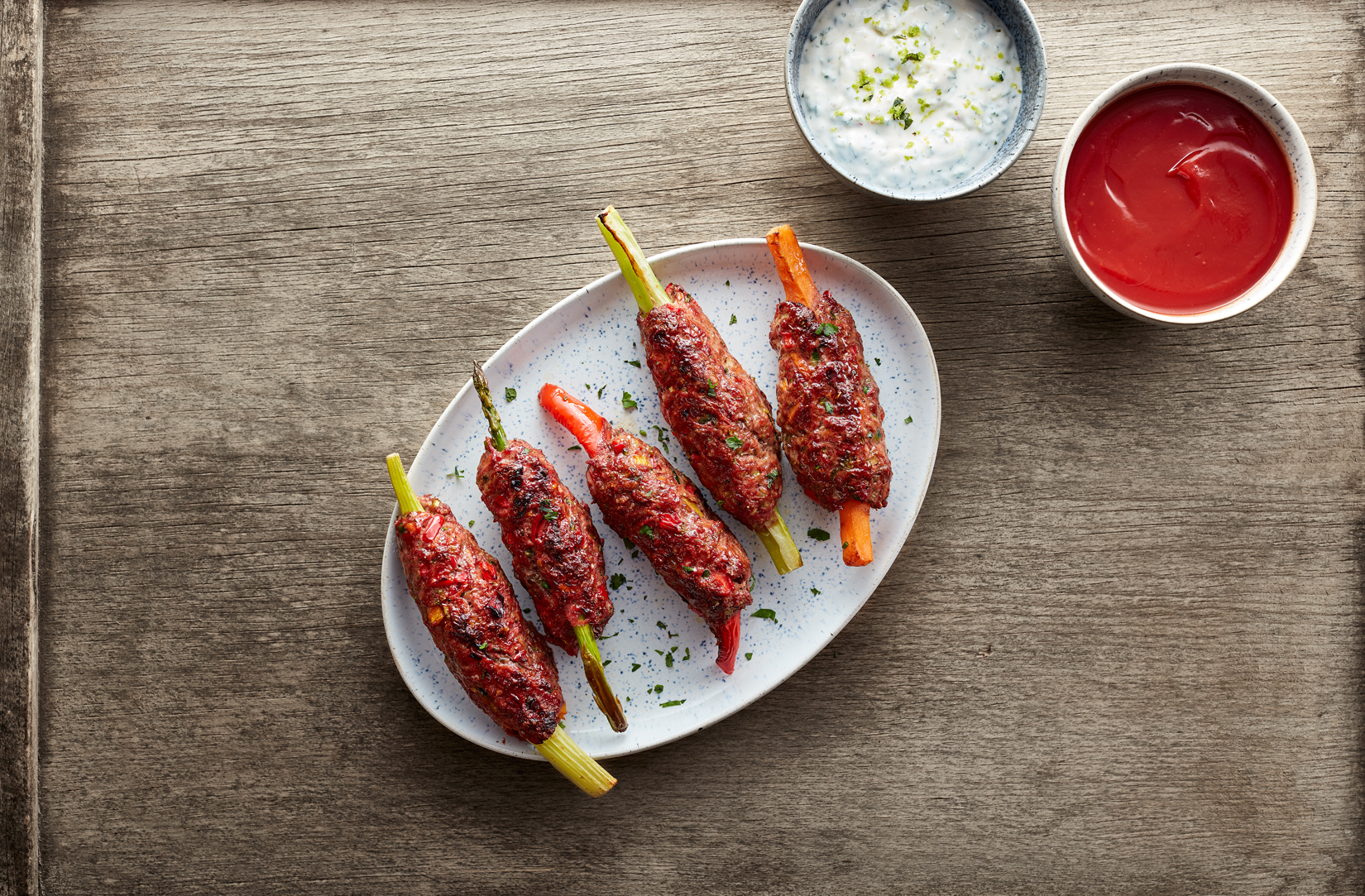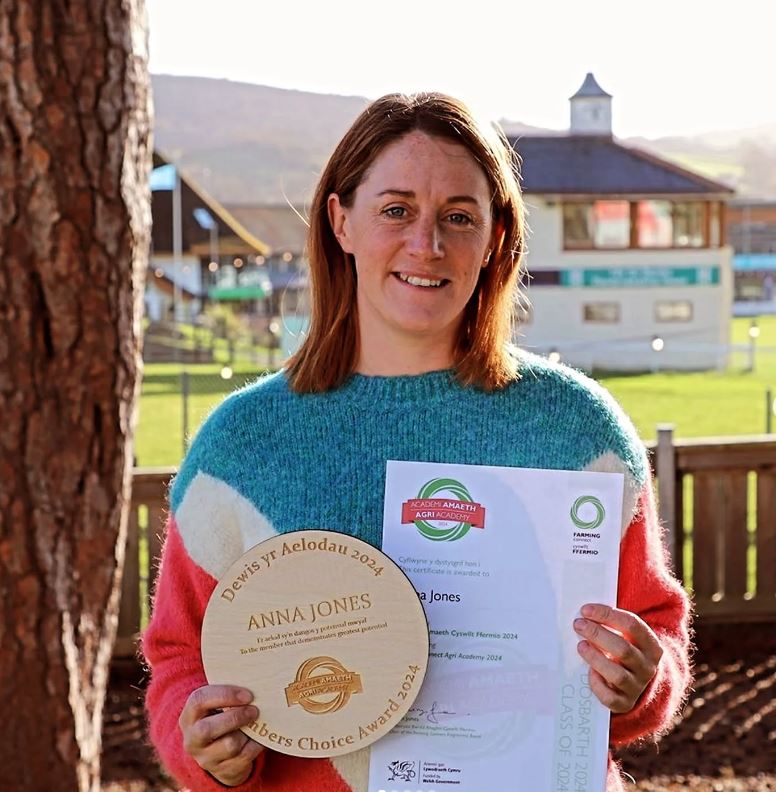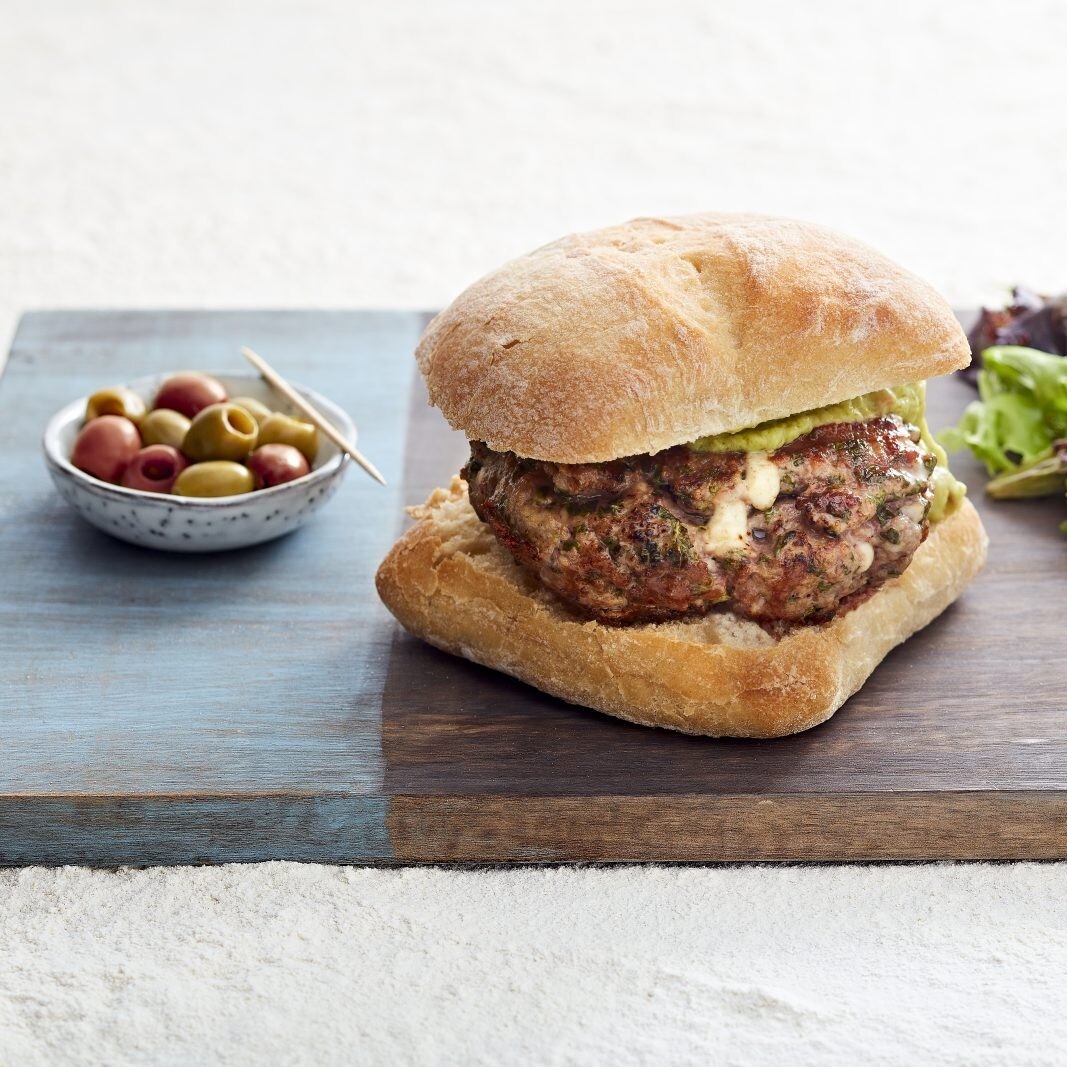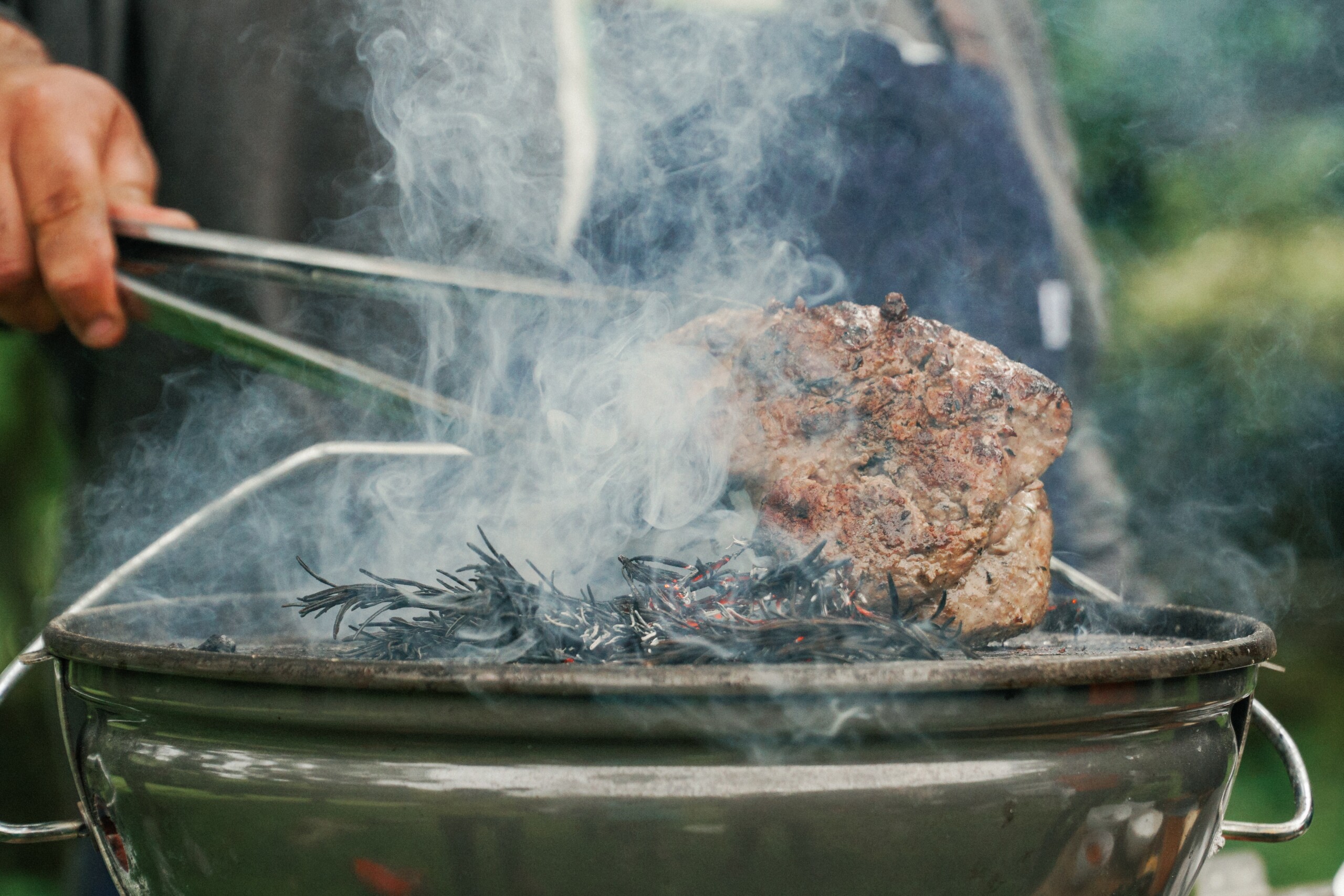From familiar family classics such as lasagne and chilli con carne to the more obscure and exotic dishes from lesser-travelled destinations, PGI Welsh Beef takes any meal to the next level.
Nutritious and with a unique and distinctive taste as a given, did you know that Welsh Beef has other qualities too? Well, the good news is, you do not have to go to the ends of the earth to discover them.
In fact, the clues are all around us. Just head to your local butcher’s shop, farmers’ market or farm shop and you will see the passion behind the produce. Without local produce like Welsh Beef to produce and sell, our rural economy would be in decline.
The benefits of buying local produce are deep rooted in our rural communities. When you buy locally, not only do you keep family-run farms doing what they do best, producing a nutritious, quality product, but you also help keep our traditions, culture and language alive - all this, without costing the earth.
Take a tour of our world cuisine inspired recipes, re-imagined with Welsh Beef.
From winter warmers like Welsh Beef bolognese pasta soup and leftover Welsh Beef bourguignon pie to family favourites like pulled Welsh Beef mac and cheese and Welsh Beef koftas with hidden veggies, you will be well on your way to cooking your way around the world.
 If you are looking for some feel-good food to share with family and friends, try our hearty, home cooked Welsh Beef barbacoa sharing platter or our slow cooked Welsh Beef brisket in a rich and sticky sauce.
If you are looking for some feel-good food to share with family and friends, try our hearty, home cooked Welsh Beef barbacoa sharing platter or our slow cooked Welsh Beef brisket in a rich and sticky sauce.
 Watching the footie? Serve up some top-scoring dishes like our Welsh Beef enchiladas, Welsh Beef Katsu, Welsh Beef loaded meatball baguettes or Welsh Beef brisket burnt ends; you will bereaching your food goals with one strike!
Watching the footie? Serve up some top-scoring dishes like our Welsh Beef enchiladas, Welsh Beef Katsu, Welsh Beef loaded meatball baguettes or Welsh Beef brisket burnt ends; you will bereaching your food goals with one strike!
 Welsh Beef is so versatile in so many cuisines, and it is ideal for batch cooking. Get ahead and have some Welsh Beef dishes already prepared. Freezing dishes such as a Welsh Beef goulash or a Welsh Beef madras will help save you time on busy weeknights or an impromptu weekend get together.
Welsh Beef is so versatile in so many cuisines, and it is ideal for batch cooking. Get ahead and have some Welsh Beef dishes already prepared. Freezing dishes such as a Welsh Beef goulash or a Welsh Beef madras will help save you time on busy weeknights or an impromptu weekend get together.
 However you choose to enjoy Welsh Beef, it is good to know that you are doing your bit for what really matters, here, on your doorstep.
Food that makes you smile without the extra miles…
However you choose to enjoy Welsh Beef, it is good to know that you are doing your bit for what really matters, here, on your doorstep.
Food that makes you smile without the extra miles…
 If you are looking for some feel-good food to share with family and friends, try our hearty, home cooked Welsh Beef barbacoa sharing platter or our slow cooked Welsh Beef brisket in a rich and sticky sauce.
If you are looking for some feel-good food to share with family and friends, try our hearty, home cooked Welsh Beef barbacoa sharing platter or our slow cooked Welsh Beef brisket in a rich and sticky sauce.
 Watching the footie? Serve up some top-scoring dishes like our Welsh Beef enchiladas, Welsh Beef Katsu, Welsh Beef loaded meatball baguettes or Welsh Beef brisket burnt ends; you will bereaching your food goals with one strike!
Watching the footie? Serve up some top-scoring dishes like our Welsh Beef enchiladas, Welsh Beef Katsu, Welsh Beef loaded meatball baguettes or Welsh Beef brisket burnt ends; you will bereaching your food goals with one strike!
 Welsh Beef is so versatile in so many cuisines, and it is ideal for batch cooking. Get ahead and have some Welsh Beef dishes already prepared. Freezing dishes such as a Welsh Beef goulash or a Welsh Beef madras will help save you time on busy weeknights or an impromptu weekend get together.
Welsh Beef is so versatile in so many cuisines, and it is ideal for batch cooking. Get ahead and have some Welsh Beef dishes already prepared. Freezing dishes such as a Welsh Beef goulash or a Welsh Beef madras will help save you time on busy weeknights or an impromptu weekend get together.
 However you choose to enjoy Welsh Beef, it is good to know that you are doing your bit for what really matters, here, on your doorstep.
Food that makes you smile without the extra miles…
However you choose to enjoy Welsh Beef, it is good to know that you are doing your bit for what really matters, here, on your doorstep.
Food that makes you smile without the extra miles…



